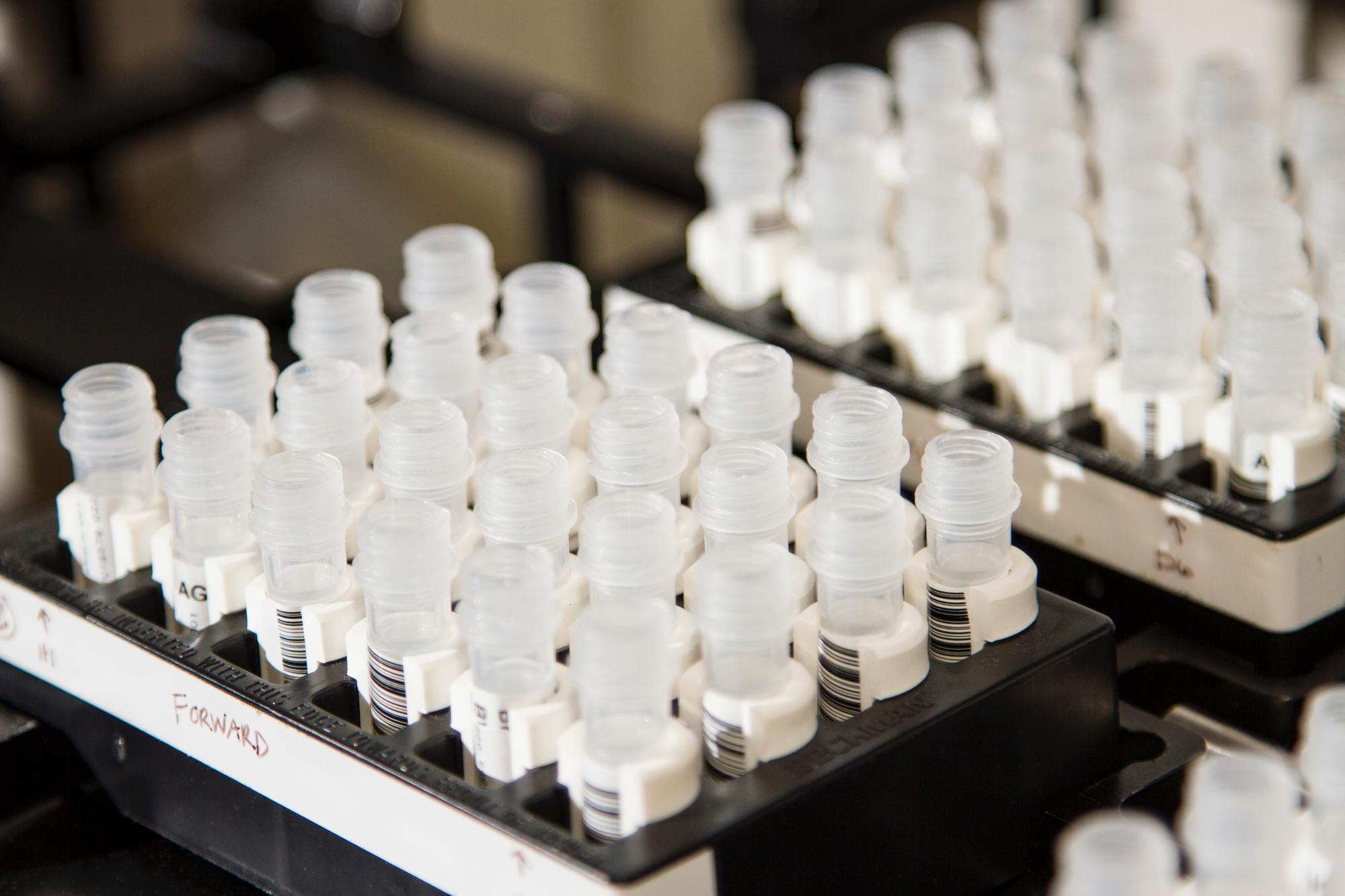For years, the cannabis marketplace has placed THC content at the top of the hierarchy. Consumers often walk into dispensaries scanning menus for the highest percentage, convinced that more THC equals more strength and better value. While THC certainly drives psychoactivity, the science behind cannabis potency shows that the story is much richer than a single number on a label.
Why THC Became the Gold Standard
Tetrahydrocannabinol, or THC, has long been used as the defining metric of cannabis potency. It’s the compound responsible for the euphoric “high” and has dominated both consumer curiosity and marketing strategies. Higher THC products often fetch premium prices and tend to move quickly off shelves. Yet researchers and patient feedback consistently suggest that this number is far from the sole indicator of quality or effect.
Data Shows It’s Not All About the Number
Comparative studies reveal that cannabis products with similar THC concentrations can deliver very different experiences. For instance, one flower testing at 18% THC may be described as far more impactful than another flower labeled at 26%. Why? Because cannabinoids and terpenes—compounds that work alongside THC—help shape the overall profile of the strain. This phenomenon is commonly referred to as the entourage effect, a synergistic interaction where the sum is greater than its parts.
Terpenes: The Overlooked Influence
While THC provides the spark, terpenes often steer the experience. These aromatic compounds not only give strains their citrus, pine, or earthy notes but also play a role in therapeutic outcomes. A strain rich in limonene may uplift mood and energize, while one high in linalool may bring calming and sedative properties. Consumer reports increasingly show higher satisfaction when strains are chosen based on terpene profiles rather than THC percentages alone.
Lab Testing Variability
The reliability of THC numbers is also worth questioning. Lab testing can vary due to differences in equipment, methodology, and even which part of the flower sample is analyzed. A bud tested at 30% THC in one lab may test closer to 25% in another. This inconsistency complicates consumer decision-making and underscores the need for standardized testing practices across the industry.
Consumer Experience Over Marketing Claims
Market data illustrates a paradox: while high-THC strains dominate sales, many seasoned consumers find mid-range products more enjoyable and sustainable. Overemphasizing THC has created a “potency race” that benefits marketing more than consumers. Chasing the highest percentage can lead to overconsumption, anxiety, or disappointment when the experience doesn’t match expectations. Balanced strains often deliver a richer and longer-lasting effect without overwhelming the user.
Education Is Driving a Shift
As consumers become more informed, a shift is occurring. Dispensaries are beginning to highlight terpene breakdowns, minor cannabinoids like CBG or THCV, and effect-based categories such as “focus,” “relaxation,” or “creativity.” Brands that provide full lab reports and transparent product data are setting themselves apart in an increasingly competitive market. This signals an industry moving toward education and personalization rather than relying on THC percentages alone.
Final Takeaway
THC is undeniably important, but it is just one piece of a complex chemical puzzle. Strain potency and consumer satisfaction rely on the interplay of cannabinoids, terpenes, and the body’s own endocannabinoid system. The future of cannabis purchasing lies not in chasing the highest number on a label but in understanding the full spectrum of data that defines a strain’s character. For consumers, that means moving beyond THC obsession and focusing on what truly matters: finding the right combination for the desired effect.

